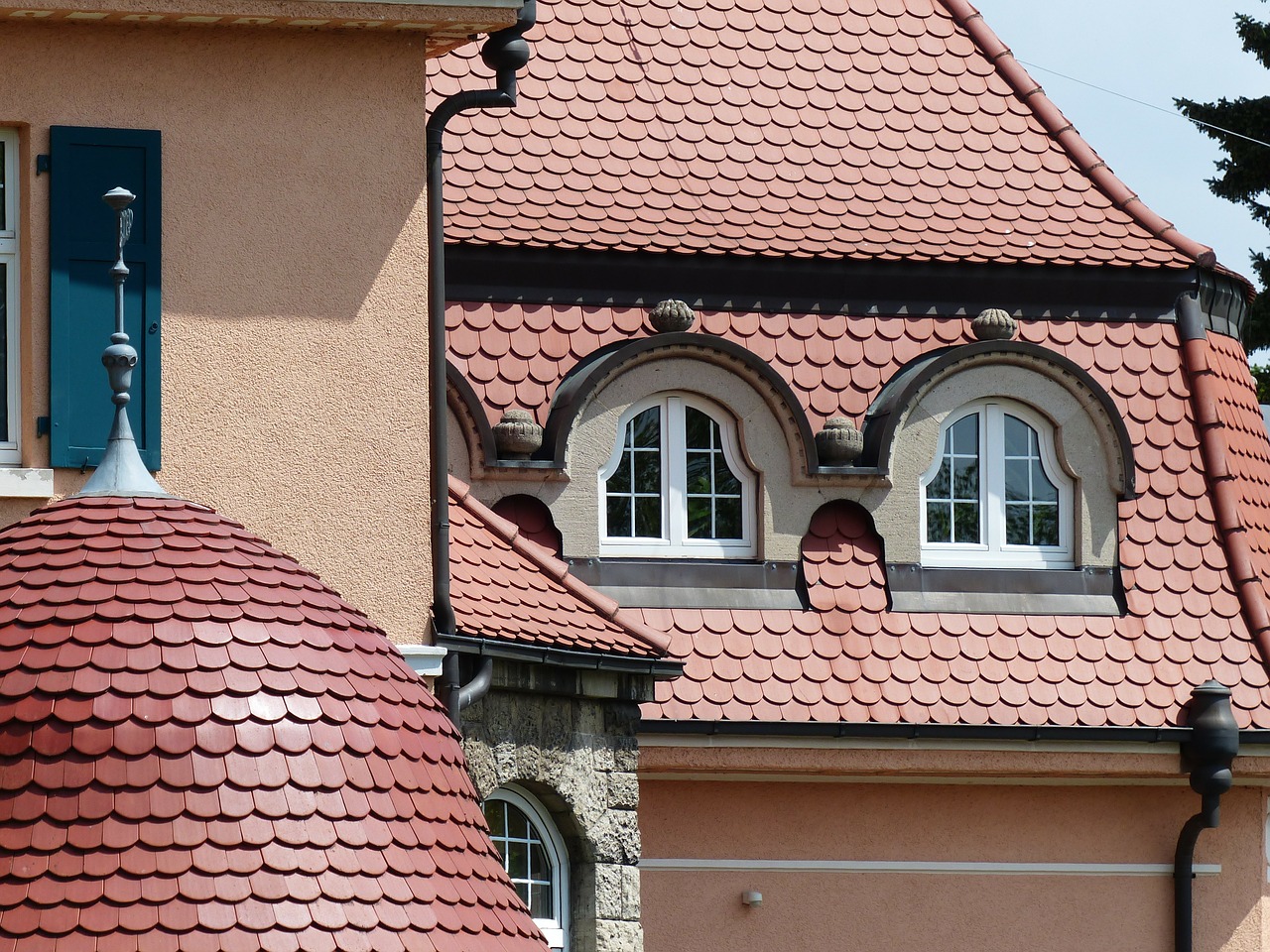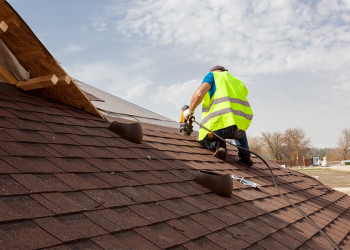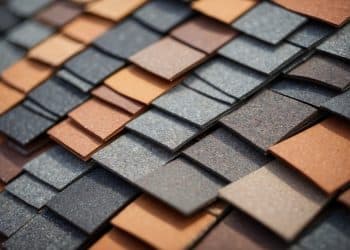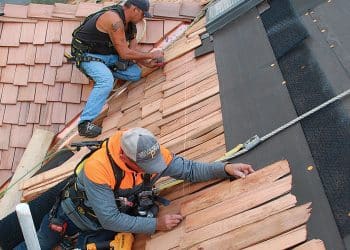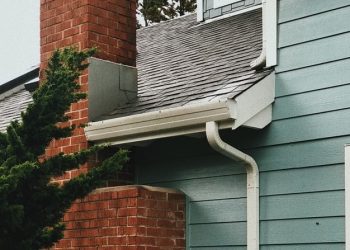Underlayment, although not readily visible, is a vital component of any roof that guarantees the total stability of the roofing structure. It is the hidden factor that prevents the seepage of fluids and heat loss. It functions as a vapor retarder and an air barrier in residential buildings. It’s the layer that’s in between the external roofing (shingles) and the internal backbone (roof decking).
Underlayment Types
A typical Holland, PA roofing company offers different types of underlayments. Some of the most commonly used are:
- Asphalt-saturated felt underlayment: These are the more commonly used ones. They are more bulky and unperforated. They also are of two types: the organic and the inorganic (glass-fiber reinforced) ones that tend to fit better than the organic ones. They’re also water-resistant.
- Synthetic sheet underlayment: It consists of polypropylene, polyethylene, or polyolefin, and most times is as thick as 8-30mm. It does not qualify as air barriers and is vapor resistant.
- Rubberized asphalt or butyl-based sheet with polythene facers and self-adhering membrane underlayment: This is a peel and stick product that is attached to the deck of the roof. It is composed of rubberized asphalt or butyl-based adhesive with a polyethylene carrier sheet. It is vapor-impermeable and also qualifies as air barriers. It is water-proof.
Factors to Consider
Some factors to consider when you proceed with roof installation in Holland, PA:
- Cost: If cost comes top in your factors of consideration, then the rubberized asphalt underlayment is very high-end followed by the synthetic sheet underlayment, and then the cheapest of them all is the asphalt-saturated felt underlayment
- Climate: This is a huge factor to consider as the differences in properties of each of the underlayment types indicate that they are designed to withstand different environmental conditions. For example, in winter areas prone to heavy ice, high winds, and storms, rubberized asphalt underlayment excel and are highly recommended as they are waterproof and generally very resilient.
- Specific parts of the roof: Even when you may use one kind of underlayment, you might also need to use other ones depending on the different parts of the roof and their peculiarities. The use of waterproof rubberized asphalt underlayment is suggested for such parts as eaves, valleys, chimneys, vent pipes, skylights, and surfaces of low-scope roofs.
- Purpose and building structure: Different buildings have different standards and requirements for their roofing. Residential buildings, especially the ones in areas of less humidity, can use asphalt-saturated felt underlayment. While the ones found in buildings with high roofs or buildings that generate a lot of heat would benefit from rubberized asphalt or butyl-based sheet with polythene facers and self-adhering membrane underlayment
- Building codes: The specifications that your architect or metal panel manufacturer or the recommendations of a local roofing company in Holland, PA, are something you should always consider when choosing what underlayment to use. To choose, for example, if you need to use one or two layers of non-perforated asphalt felt.
- Roof slopes and types: You might find yourself needing one type of underlayment for one kind of roof and a different one for another, or maybe you won’t need underlayment at all. For example, structural metal roof panel systems, well covered by the roof in places of structural dependence, do not need underlayment due to a lack of space for them. Whereas, with architectural metal roof panel systems, you need underlayment to prevent moisture leakage when it rains or snows. Also, for steep-sloped roofs, asphalt-impregnated felt underlayment is more advisable.
Conclusion
The place of the underlayment is integral to the robustness of the roof. You should give special attention to the one you’ll choose to use on your roof. Legacy Service USA LLC can always be trusted to provide helpful advice if you need roofing services in Holland, PA.

